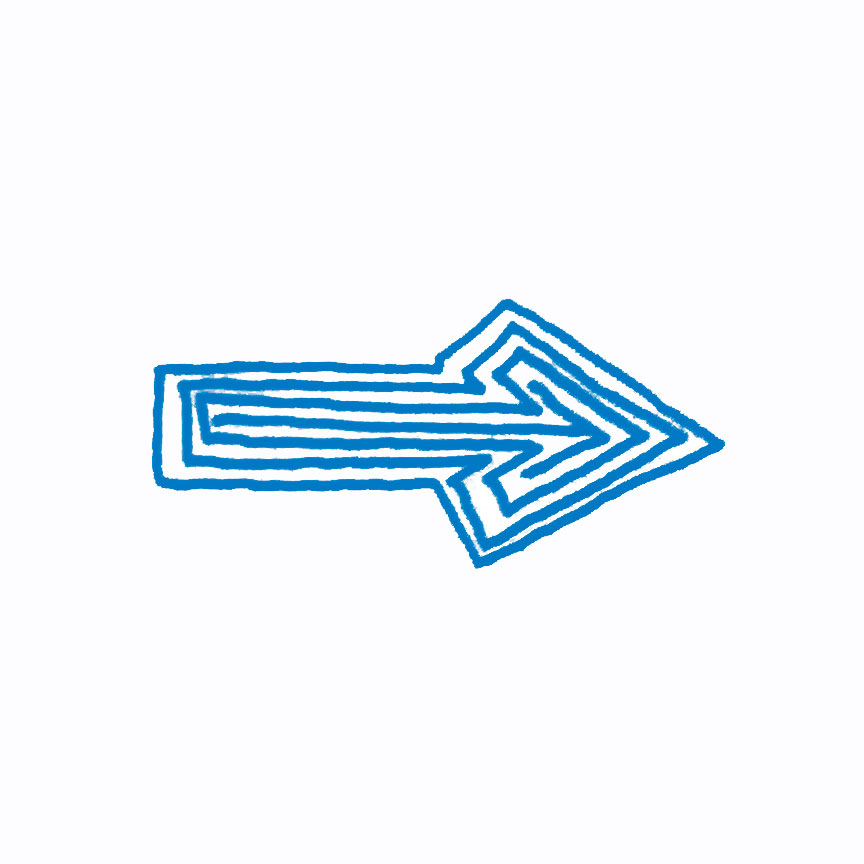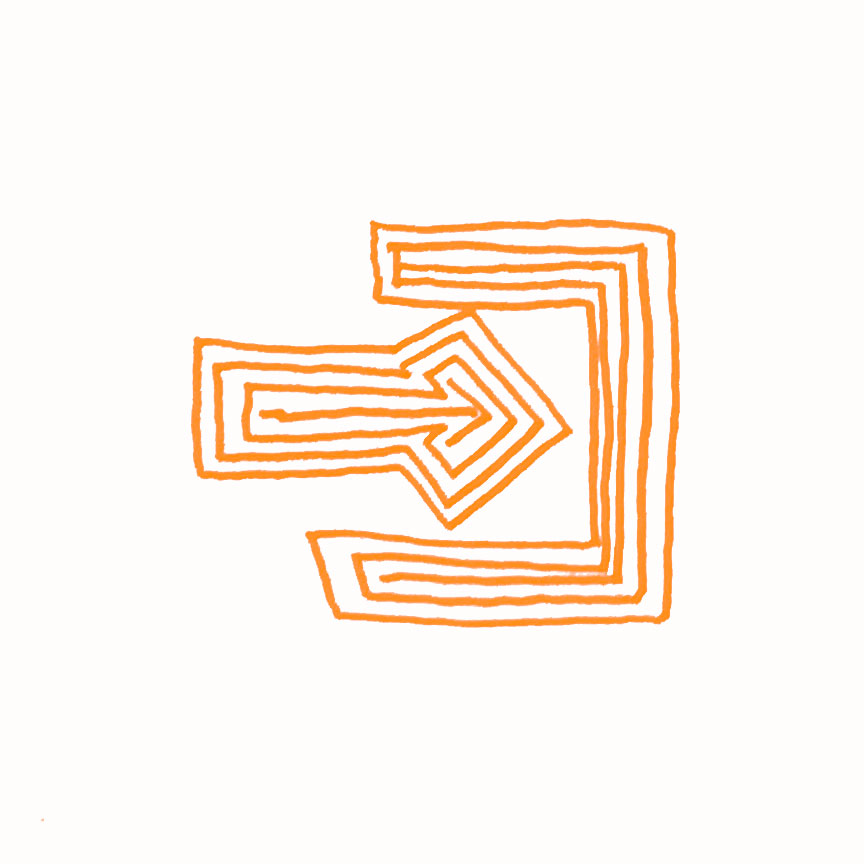Principles of Phase 1: Design & Anticipate

In the preparatory Phase 1, teachers collectively set objectives and design the activities to elicit and guide student questions.
First, teachers collectively construct a teacher mind map, to capture the conceptual framework of the subject and select its core. Thus, teachers visualize the core curriculum, by determining which core concepts need to be explored and can be elaborated by the student questions. Then teachers brainstorm which interesting questions might be elicited about the core concepts and which guidance these questions might require.
In the preparatory phase teachers explore Phases 2 themselves and anticipate on Phases 3 and 4. By experiencing these Phases themselves teachers gain insight in the potential and pitfalls of guiding questions about the subject under study.
Steps of Phase 1
Construct teacher mind map
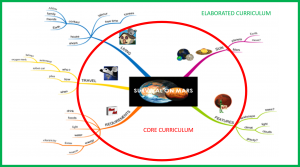
Explore topic and identify core concepts
The objectives of the education theme are presented in the teacher mindmap as core concepts and relationships between these core concepts.
In the teacher mind map it is possible to distinguish between the core curriculum and the elaborated curriculum. The construction of a teacher mind map in the preparation phase is conditional for structuring student prior knowledge into a classroom mind map.
Practical suggestions
Potential student questions
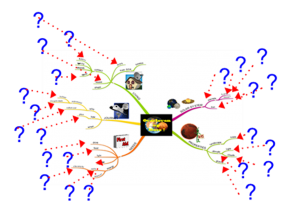
Which potential interesting questions students might raise?
Based on the teacher mind map, you can as a teacher explore what possible questions you hope that students will raise. By brainstorming about possible questions, various angles and aspects of the subject for questioning can be identified.
The starting point remains that students themselves will ask the questions, but by first considering a collection of potential questions, possible learning outcomes can be determined.
Practical suggestions
Prepare question guidance
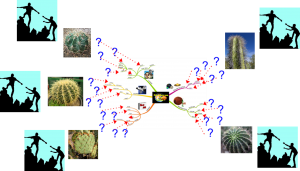
How to elicit and guide student questioning?
To support students to ask questions, you can imagine which incentives might elicit the questions from Step II. The challenge is not to tell students what to ask, but to let students "stumble" over those questions that could lead to interesting research.
No doubt, you will be surprised by the questions students will actually come up with, but that makes this way of working both interesting and challenging.
In addition, you can imagine what kind of support the questions from Step II would require, so you can prepare for it.
Practical suggestions

